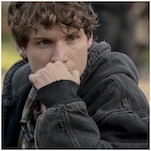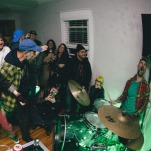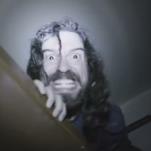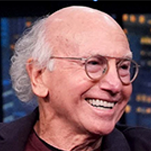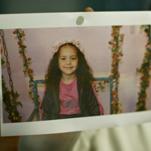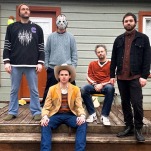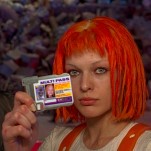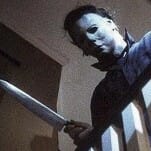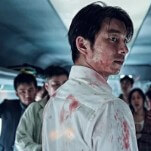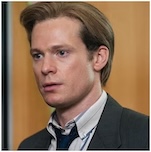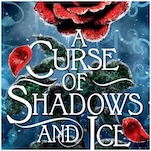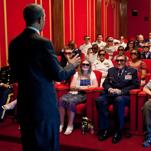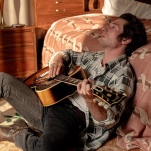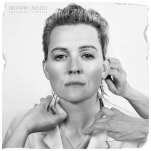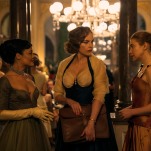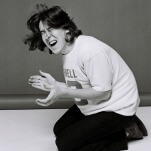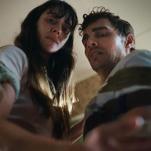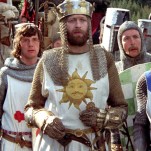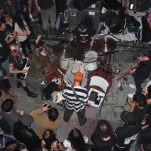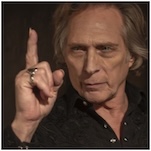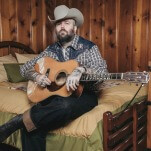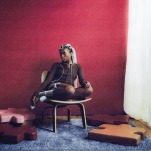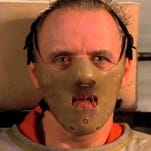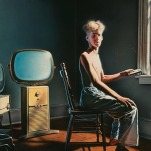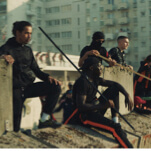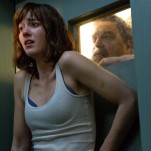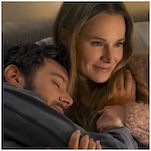The Rebel Moon Director’s Cuts Are, in a Weird Way, More Star Wars than Ever
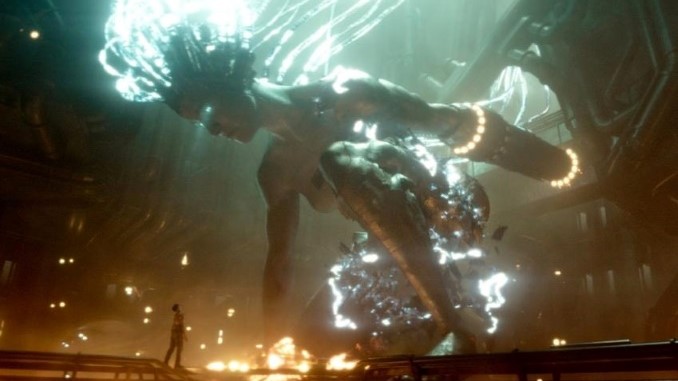
I didn’t think that much about Star Wars the first time I saw the first part of the first version of Zack Snyder’s Rebel Moon. The movie famously grew out of Snyder’s rejected pitch to Lucasfilm for an actual Star Wars spin-off, and while some of those remnants are certainly visible in the (first) final version (of the first half) (of a possible first installment in a trilogy, or trilogy of trilogies? It remains unclear), much of it is on a level more superficial than structural. Rebel Moon—Part One: A Child of Fire more closely resembles Seven Samurai and its American Western remake The Magnificent Seven, plus the violent fantasies of Paul W.S. Anderson’s movies with Milla Jovovich, plus Dune, itself a Star Wars influence.
The emergence of Snyder’s two-part R-rated director’s cut (now broken into Rebel Moon – Chapter One: Chalice of Blood and Rebel Moon – Chapter Two: Curse of Forgiveness), a full two hours longer and many times bloodier than the original cut, should take the whole Rebel Moon project further away from the family-friendly George Lucas-originated franchise. The knock-off lightsaber weapons and their clean-cut, wound-cauterizing blades have been de-emphasized, in some scenes, in favor of good old-fashioned axes, and the arterial spray they enable. There is sex, depicted at a length that will be familiar to Snyder fans, and anathema to Star Wars, where a discrete shot of implied-nude Manny Jacinto bathing in a pond, or a moment where Rey (Daisy Ridley) gets a little embarrassed about the shirtlessness of baddie Kylo Ren (Adam Driver) count among the series’ all-time horniest moments, decades in the making.
-

-

-

-

-

-

-

-

-

-

-

-

-

-

-

-

-

-

-

-

-

-

-

-

-

-

-

-

-

-

-

-

-

-

-

-

-

-

-

-

